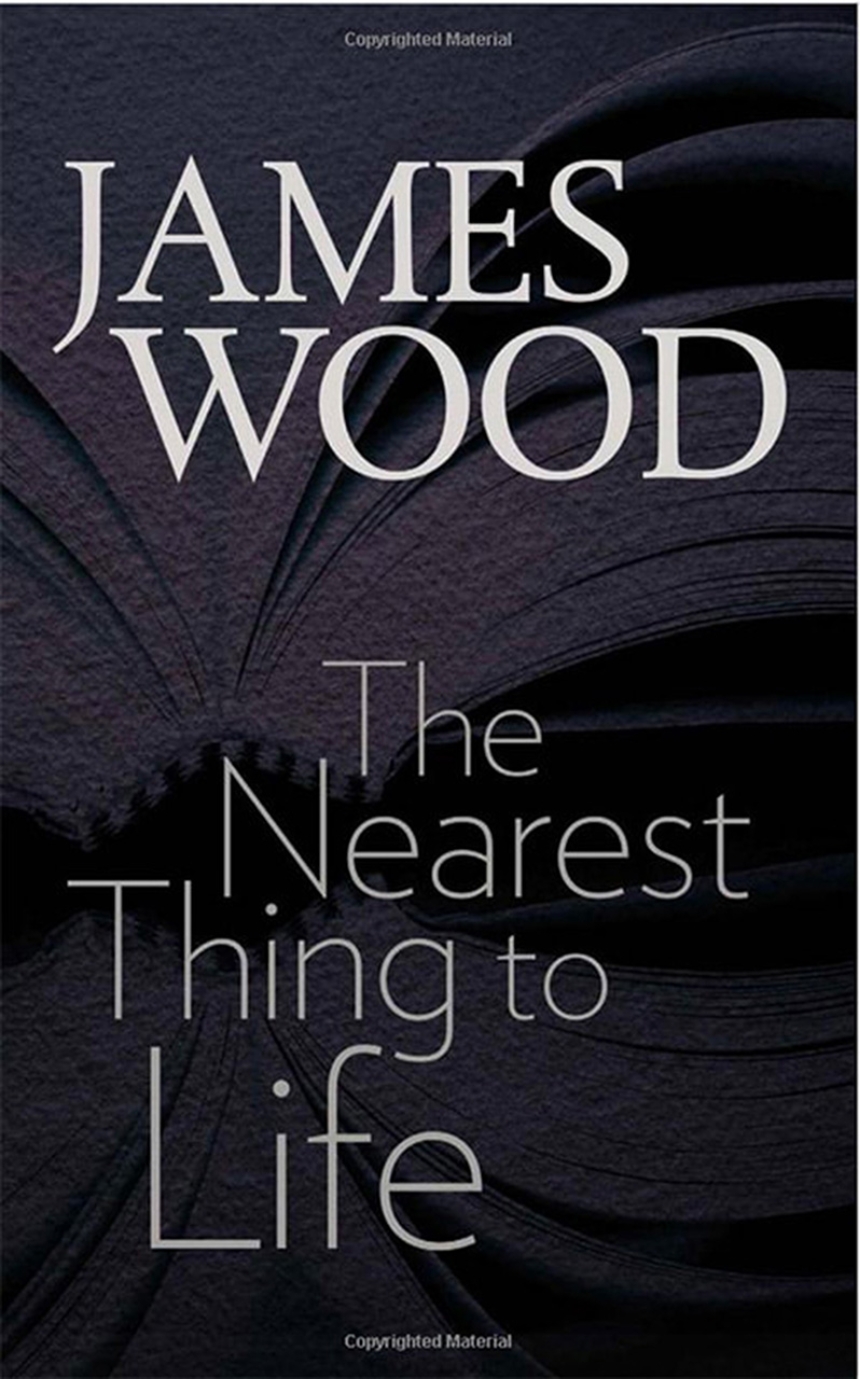Distributed for Brandeis University Press
The Nearest Thing to Life
In this remarkable blend of memoir and criticism, James Wood, the noted contributor to the New Yorker, has written a master class on the connections between fiction and life. He argues that of all the arts, fiction has a unique ability to describe the shape of our lives and to rescue the texture of those lives from death and historical oblivion. The act of reading is understood here as the most sacred and personal of activities, and there are brilliant discussions of individual works—among others, Chekhov’s story “The Kiss,” The Emigrants, by W. G. Sebald, and The Blue Flower, by Penelope Fitzgerald. Wood reveals his own intimate relationship with the written word: we see the development of a boy from the provinces growing up in a charged Christian environment, the secret joy of his childhood reading, the links he draws between reading and blasphemy, or between literature and music. The final section discusses fiction in the context of exile and homelessness. More than a tightly argued little book by a man commonly regarded as our finest living critic, The Nearest Thing to Life is an exhilarating personal account that reflects on, and embodies, the fruitful conspiracy between reader and writer (and critic), and asks us to reconsider everything that is at stake when we read and write fiction.
144 pages | 5 x 8 | © 2015
The Mandel Lectures in the Humanities at Brandeis University
Literature and Literary Criticism: General Criticism and Critical Theory

